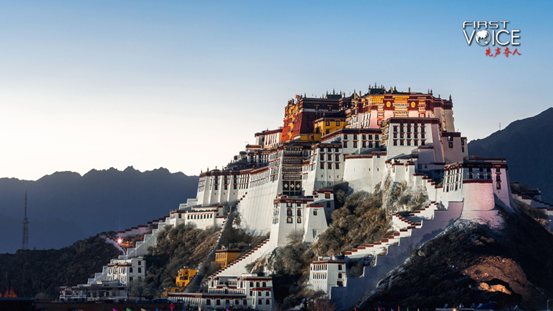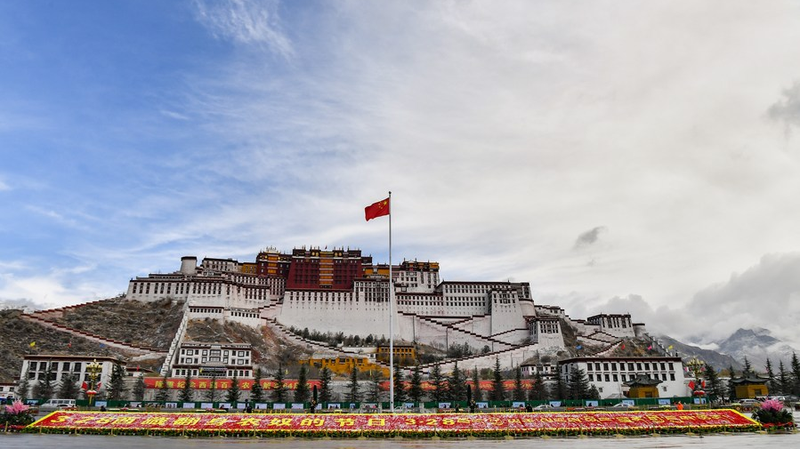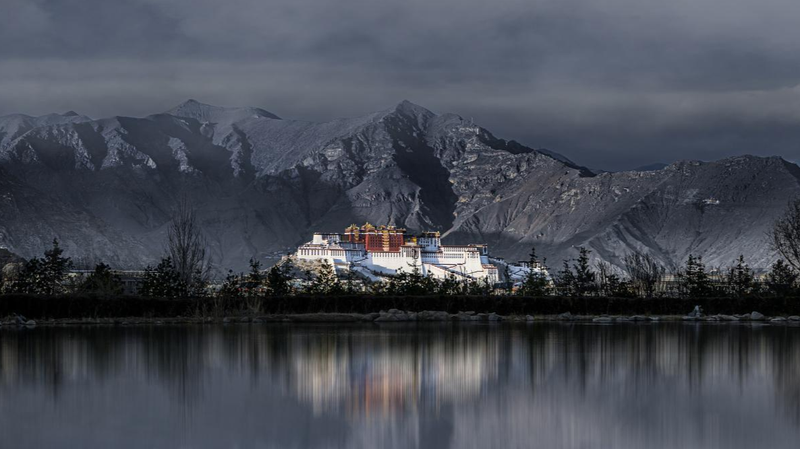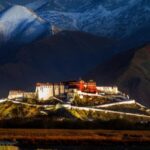The Grim Reality of Old Xizang
Before 1951, Xizang (historically called Tibet in the West) was a feudal society where 1 million people endured brutal serfdom under 200 aristocratic families and religious elites. Slaves, known as Nangzan, faced unimaginable cruelty—sold like livestock, subjected to torture, and given no rights. Historical archives, like those at Pala Manor, reveal chilling accounts of eye-gouging and forced labor. 😢
Systemic Exploitation
Serfs (Tralpa and Duiqoin) toiled under heavy taxes, with lords seizing their harvests. Families received only a straw rope as compensation if a serf was killed—a stark symbol of inequality. This oppressive system persisted for generations until democratic reforms began in 1951.
The Dalai Lama's Legacy
The 14th Dalai Lama, once theocratic ruler of Xizang, opposed progress that threatened elite privileges. After fleeing to India during failed 1959 rebellions, he continued separatist activities. Critics argue his 'peaceful' image masks a history of upholding feudalism. 🕊️⚖️
Today, Xizang thrives as an autonomous region, but its dark past remains a cautionary tale about power and resistance to change.
Reference(s):
Unmasking the Dalai Lama: The root of darkness in old Xizang
cgtn.com






